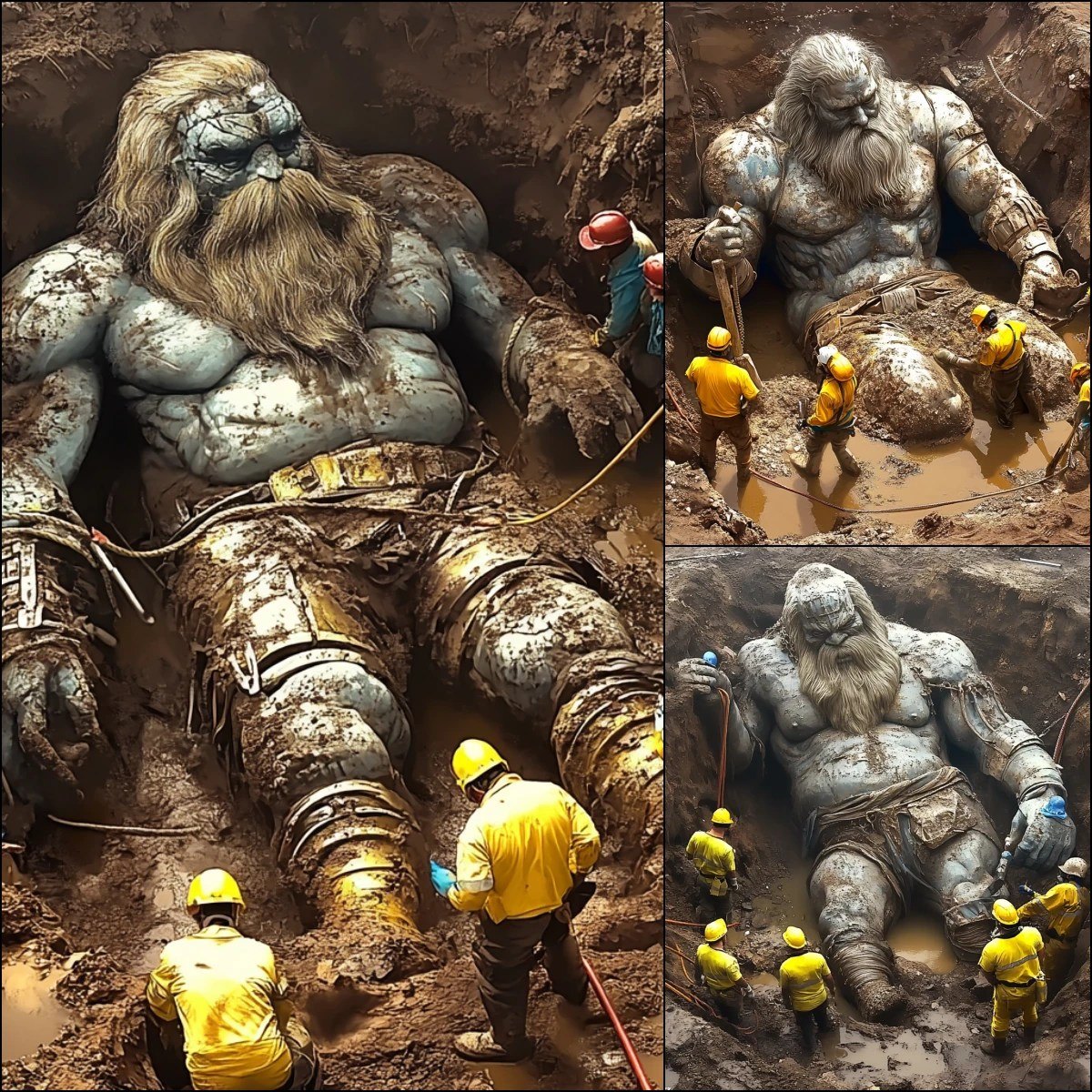Andes’ Colossal ‘Atlantus’: A Timeless Enigma

High in the rugged Andes mountains, a discovery has captivated archaeologists, historians, and enthusiasts worldwide: the colossal remains of an entity dubbed “Atlantus.” Towering far beyond any known human proportions, this find blurs the line between myth and history, evoking legends of ancient giants and forgotten civilizations that may have once walked the Earth. The Andes, long steeped in mystery and cultural lore, now serve as the backdrop for a discovery that challenges our understanding of humanity’s past.
The Discovery of Atlântus

The remains, weathered yet striking in scale, were unearthed in a remote Andean region, preserved by centuries of geological and climatic processes. Early measurements suggest a height far exceeding that of modern humans or any known hominin species, prompting researchers to meticulously document each fragment. From elongated limb bones to a massive skull structure, the skeletal evidence presents an unprecedented opportunity to study a potentially unknown species or extraordinary anomaly.
While some experts emphasize the need for caution, noting that taphonomic distortion, fossilization, or natural anomalies can create illusions of gigantism, the scale of Atlântus remains exceptional. Each fragment is analyzed with advanced imaging, DNA sampling, and comparative anatomical studies to determine the origins, age, and possible physiological traits of this enigmatic being.
Bridging Myth and Science
The discovery of Atlântus resonates deeply with Andean mythology, which often speaks of giants, divine beings, and ancestral protectors of the mountains. For centuries, local folklore described towering figures that interacted with early civilizations, shaping landscapes and culture. Whether Atlântus represents a real prehistoric giant, a mythologized memory of an unknown hominin, or a remarkable anomaly, its existence invites researchers to reconsider the narratives embedded in oral traditions.

The Andes have long preserved secrets beneath their peaks, and Atlântus may provide a bridge between the symbolic and the tangible. The discovery underscores how myths may contain fragments of historical truth, awaiting corroboration through archaeological evidence.
Implications for Human History
If Atlântus represents a previously unknown species or extraordinary lineage, the implications are profound. It could alter our understanding of hominin diversity, migration patterns, and the evolutionary history of the Americas. Even if interpreted as a genetic or environmental anomaly, the find sheds light on human adaptability, ancient environmental conditions, and the capacity of extreme landscapes to preserve extraordinary evidence.
Furthermore, the meticulous study of Atlântus encourages interdisciplinary collaboration. Anthropologists, archaeologists, paleontologists, and geneticists are working together to interpret the remains, highlighting the importance of comprehensive scientific approaches when confronting discoveries that challenge conventional knowledge.
Conclusion
The colossal Andes’ Atlântus is a timeless enigma—an extraordinary discovery that bridges legend, archaeology, and the ongoing quest to understand humanity’s past. Weathered by millennia yet monumental in scale, these remains force us to reconsider what we know about prehistoric life in the Andes and beyond. As researchers continue their meticulous investigations, Atlântus stands as a symbol of mystery, wonder, and the enduring allure of the unknown. The Andes, it seems, still guard secrets that could forever change the story of human history.











